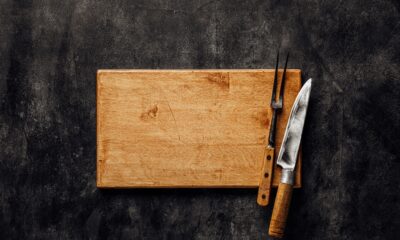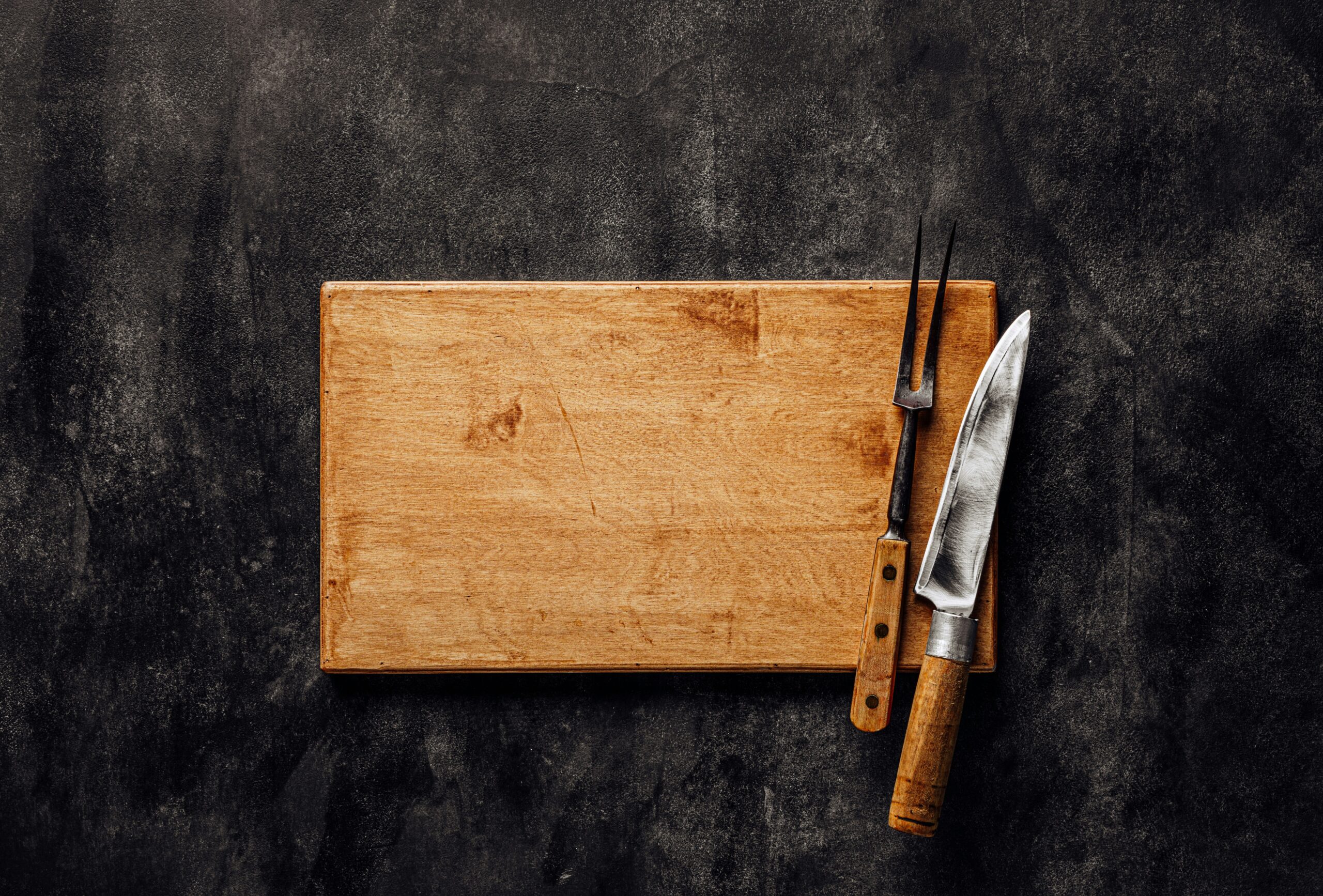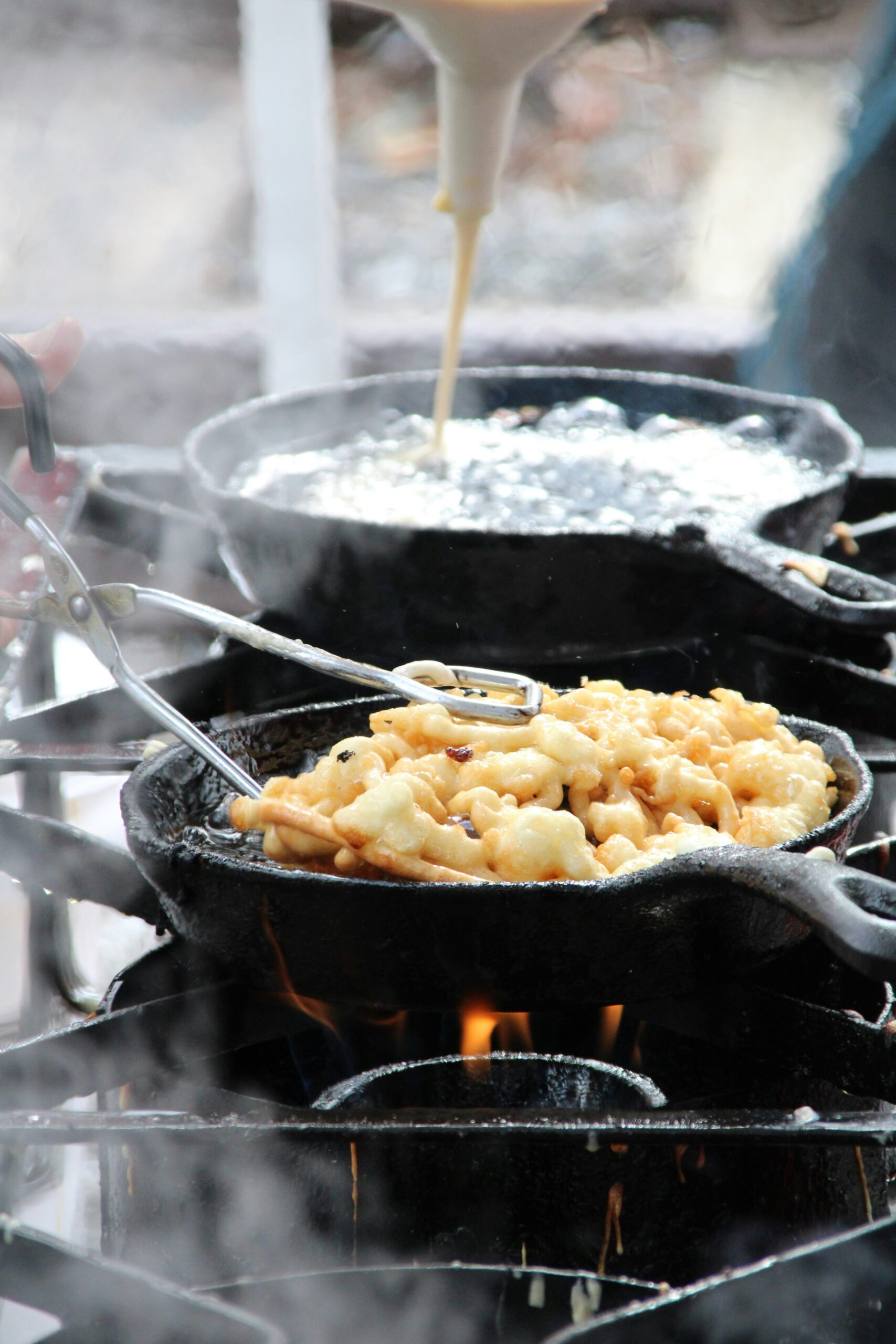There are some dishes that call for nonstick pots and pans. Omelets, pancakes, and even fish are all easier to cook on nonstick pans.
We have already covered how ceramic nonstick cookware works differently from traditional nonstick cookware.
Because nonstick cookware is so handy, you might find yourself using it every day. This is why it is so important to understand the differences between them, and how to use each.
Nonstick cookware can be carbon steel, standard PTFE-coated, or ceramic. In time, cast-iron pans functions much the same way as nonstick pans, but they are not necessarily the best for searing tender fish.
Using Nonstick Cookware
The first step to using Nonstick Cookware properly is to consider your cooking methods. Some people need something dish washer safe that is easy to maintain and will serve you for a long time to come.
Some people need a pan that is just as home in the broiler as on the stovetop. Not many nonstick pans can do this, by the way.
Standard nonstick pans no longer come with harmful PFOAs. They now use synthetic PTFE nonstick coating instead. Ceramic nonstick pans have a nonstick coating made from a derivative of sand. Carbon steel has no chemical coating. It builds up its nonstick patina in the course of time. This is why it needs seasoning.
Carbon steel is good for people who like high heat. Carbon steel works well with a large flame on a stove top, as well as a broiler.
Ceramic as well as traditional nonstick pans don’t do well with extremely high heat. It tends to ruin pans with time.
Nonstick pans are perfect for eggs, delicate sauces, as well as fish.
Standard nonstick pans get hot at a slower pace than ceramic nonstick pans, but the ceramic-lined pans stay hot for longer. Both types of nonstick should not be used with metal utensils or oil sprays.
Choose a nonstick pan with an oven-safe handle. The handle determines whether the pan can go in the oven safely. Ceramic-lined nonstick pans work safely with higher heat but standard nonstick pans have a higher nonstick ability than ceramic. So there is a tradeoff. As always, you get better service out of your pans when you care for them well.
Traditional nonstick pans are better for people who like to use medium to low heat and prefer that food never sticks to the pan.
Ceramic nonstick pans are perfect for people who like to work with a wider range of cooking temperatures, (low to high), and prefer working with a derivative of sand for a pan lining.
Carbon steel pans are excellent for cooks who want to be able to move their cookware nimbly between their ovens and stovetops.
Maintaining your Nonstick Cookware
Using your dishwasher to clean your nonstick pan is a lot easier and more convenient. We understand why you want to do that. But washing it by hand will make it last longer. Also, carbon steel pans should never go into a dishwasher at all.
Never add cold water to a hot pan. This will warp the pan.
Use soap and water to clean each pan after use.
Cook with low to moderate heat. Only carbon steel works well with high heat. High heat causes ceramic-lined nonstick pans to carbonize.
Use a melamine sponge to scrub gently with warm water. This should be enough to clean your nonstick pan.
Consider working with a soft-bristle brush specially made for nonstick pans to clean.
Under no circumstances should you clean a nonstick pan with steel wool.
A well maintained carbon steel pan should last you a lifetime as long as you season it. Old-fashioned and ceramic nonstick pans need replacements after five years. Replace your traditional nonstick pan immediately after a scratch.
Buy silicone spatula and wooden spoon to use with your nonstick pans. Never use metal utensils with nonstick pans.
Storing Nonstick Cookware
Put your pans away only after cleaning and drying them. Do not store rougher items – like metal utensils – between nonstick cookware. The metal utensils may leave scratches or scuffs on your nonstick pans.
Invest in a pegboard, hooks, open shelves, or pan organizers. Cloth napkins or pan protectors in between the pans will help to protect the precious nonstick coating on your cookware from damage.
Your cabinets and kitchen drawers should be fitted with an organizer for the lids of your pans and pots.
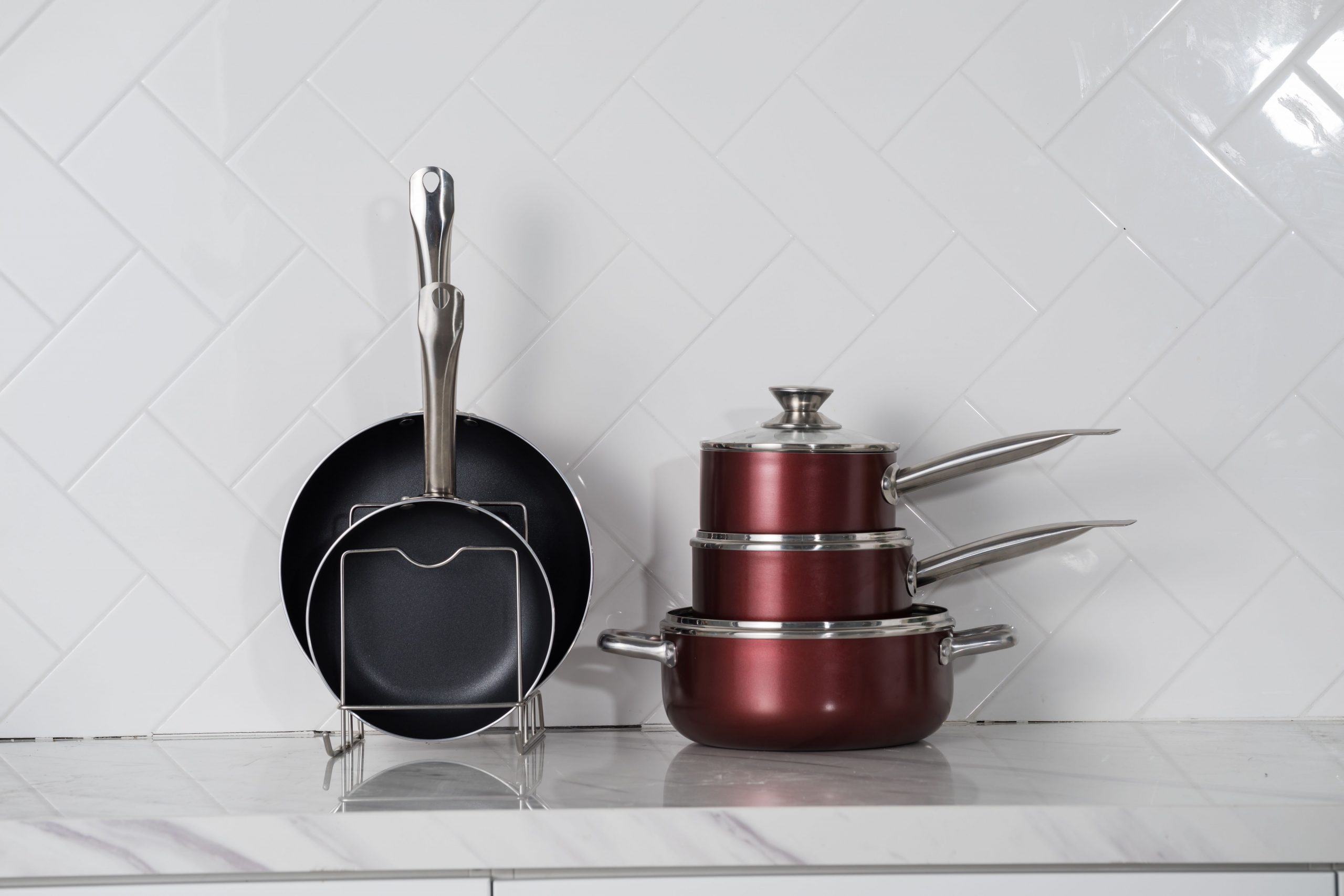

 Tips & Advice5 years ago
Tips & Advice5 years ago
 News & Stories4 years ago
News & Stories4 years ago
 Restaurants4 years ago
Restaurants4 years ago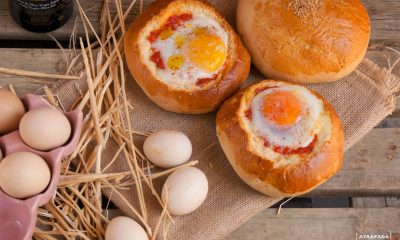
 Recipes4 years ago
Recipes4 years ago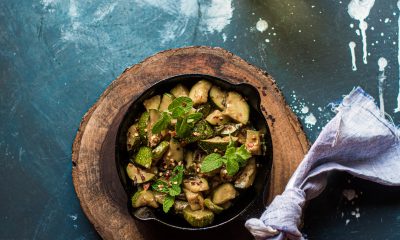
 Kitchen Gadgets4 years ago
Kitchen Gadgets4 years ago
 Chefs5 years ago
Chefs5 years ago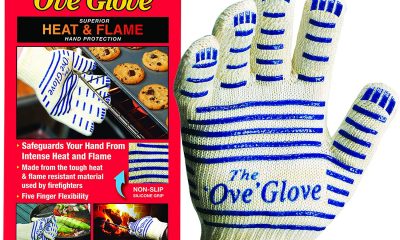
 Kitchen Gadgets4 years ago
Kitchen Gadgets4 years ago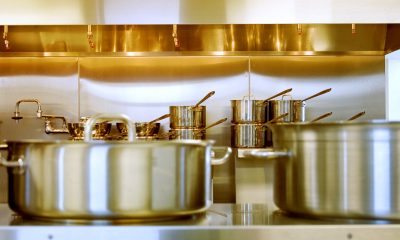
 Kitchen Gadgets4 years ago
Kitchen Gadgets4 years ago


